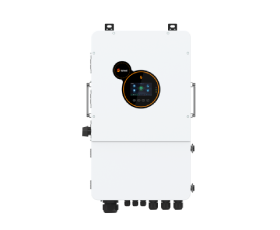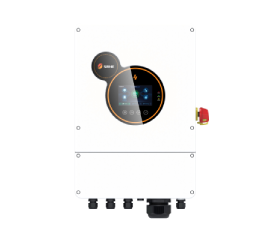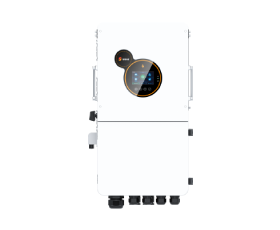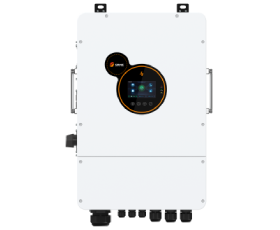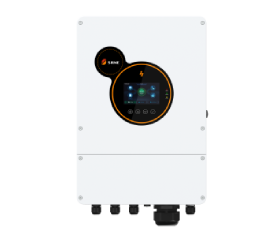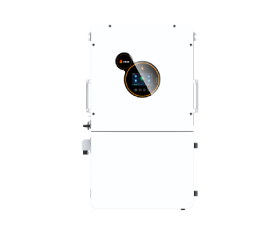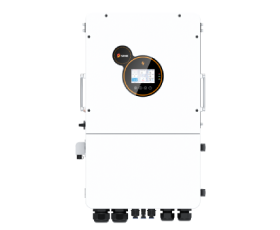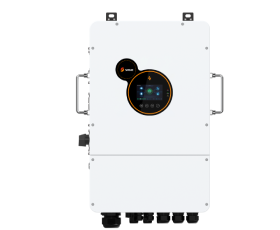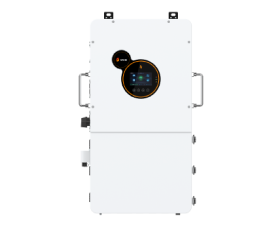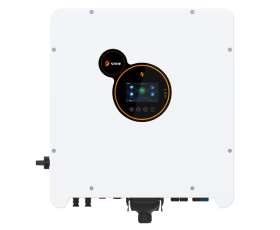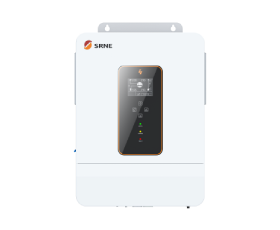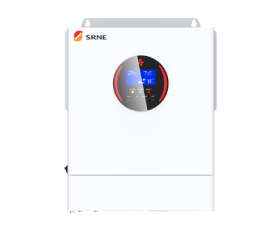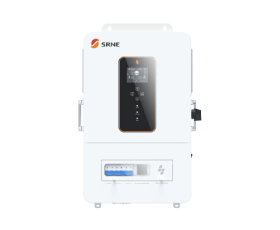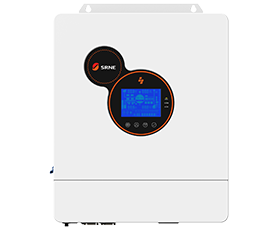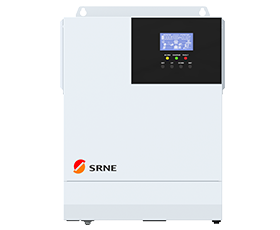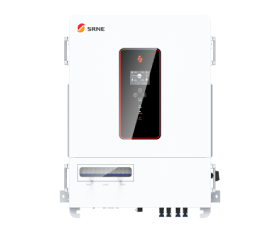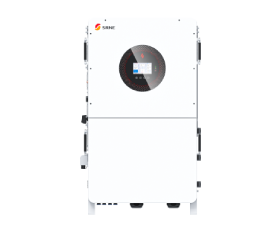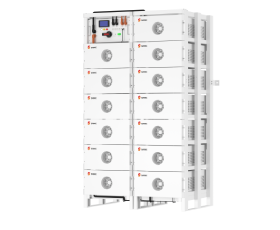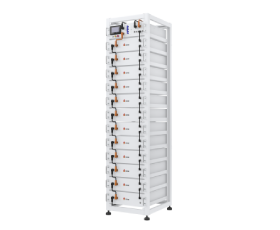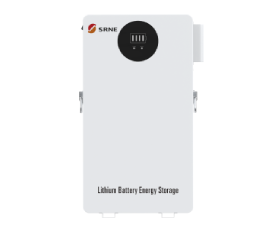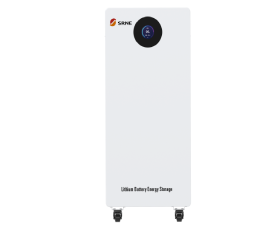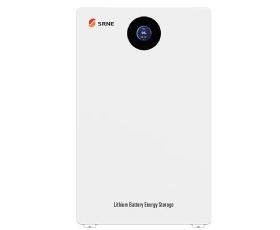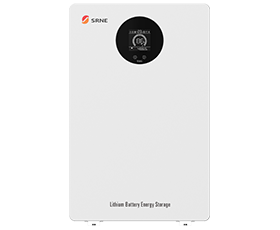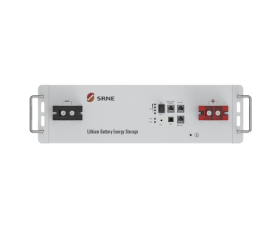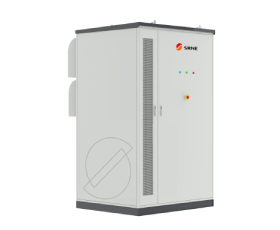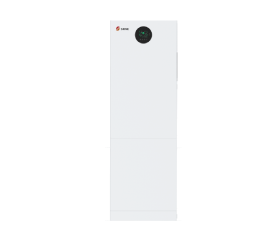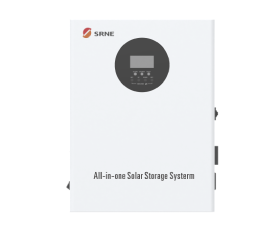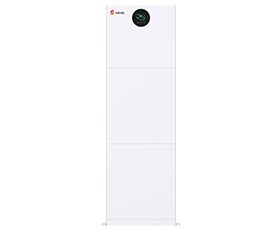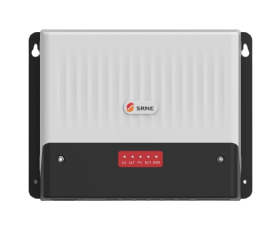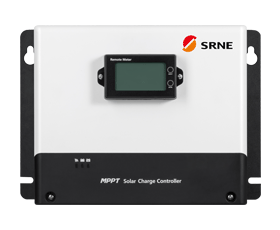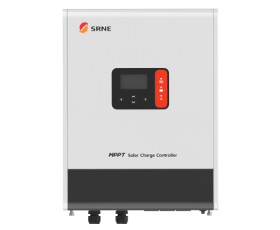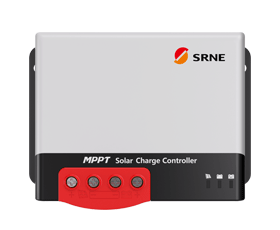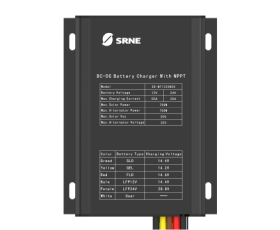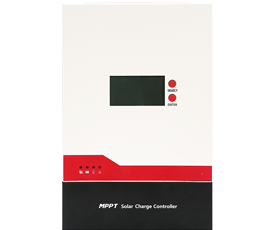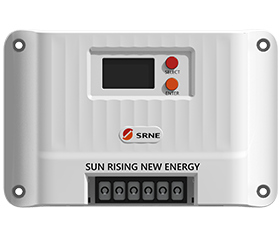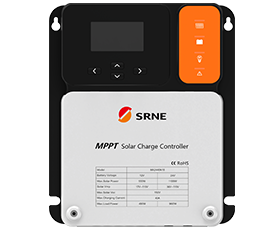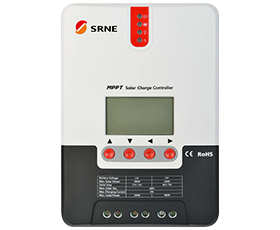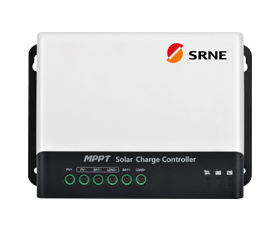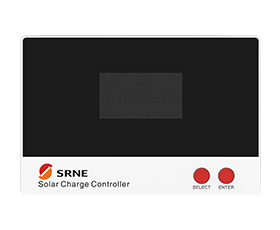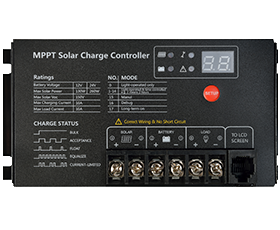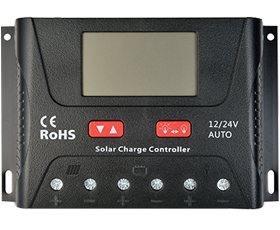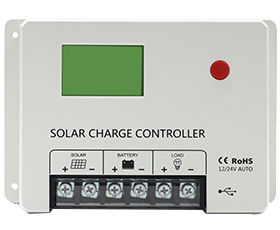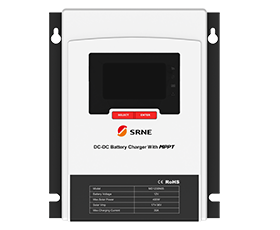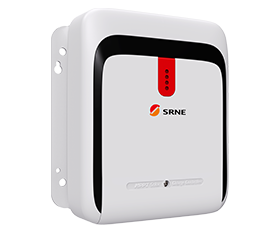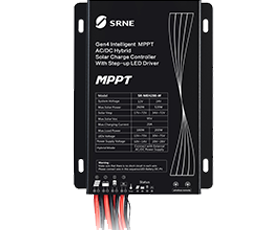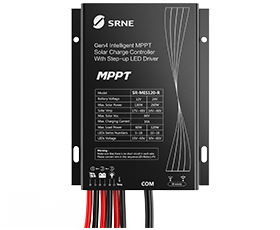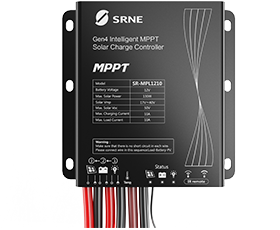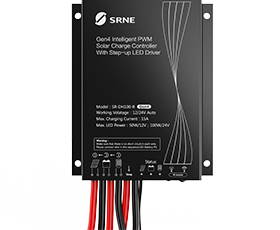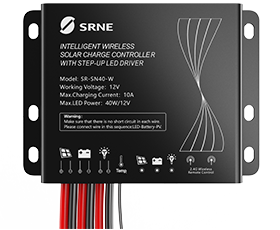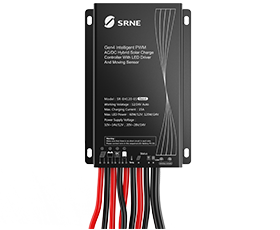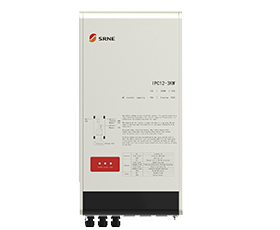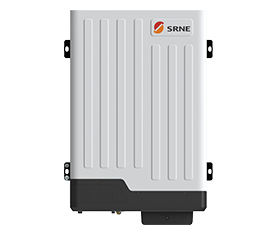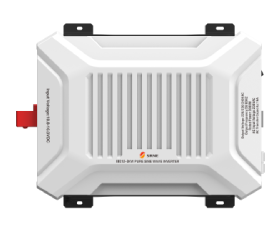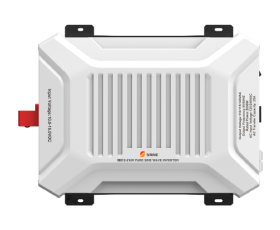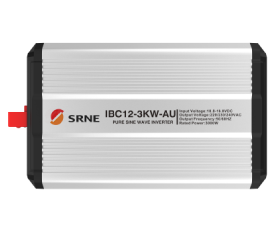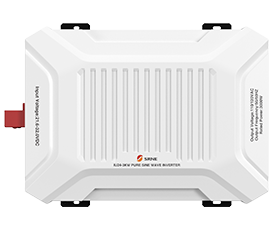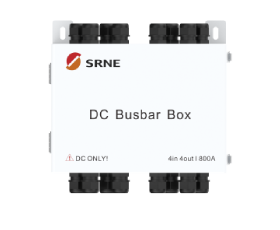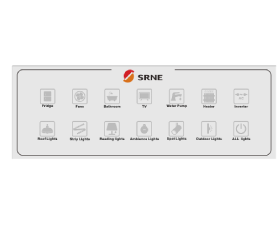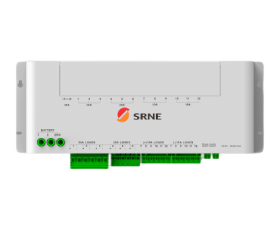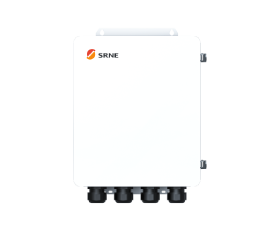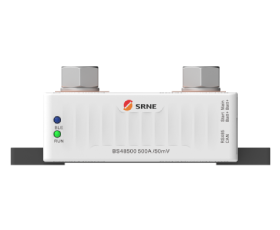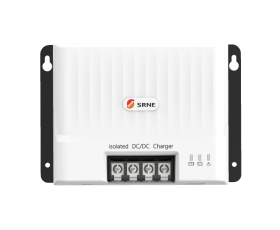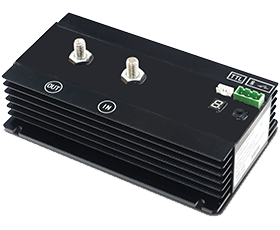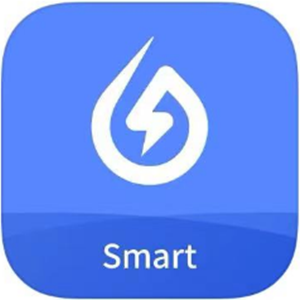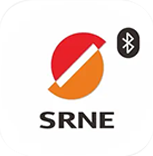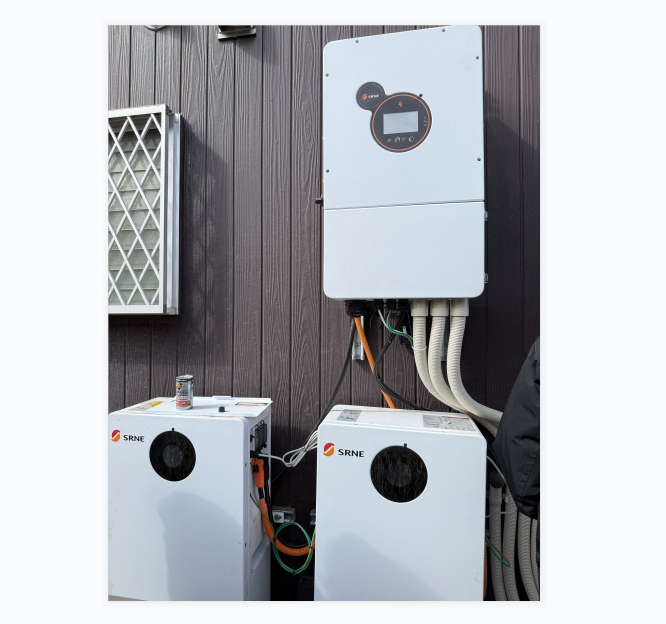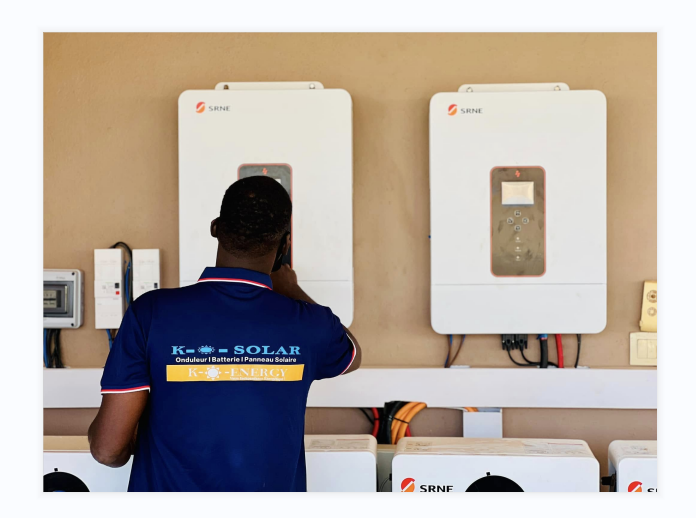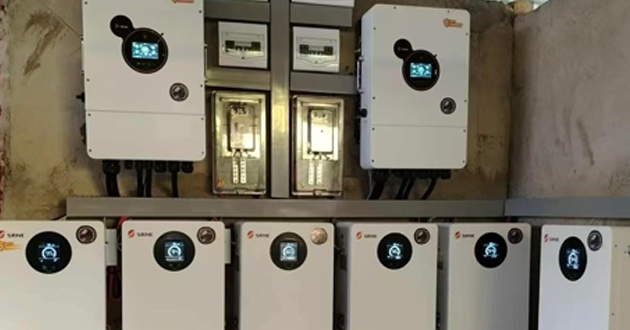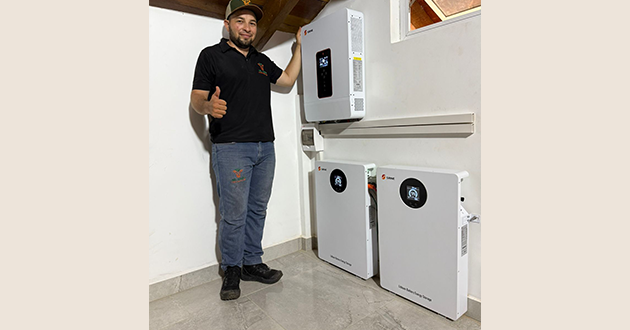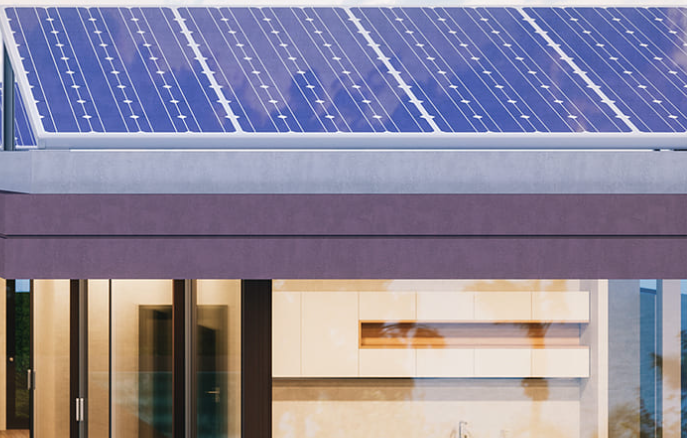Pros & Cons: Hybrid Solar Inverter vs Off-grid Inverter
Choosing the right type of inverter isn’t just a technical matter—it’s a strategic decision that affects cost-efficiency, energy independence, and long-term reliability. In this blog, we’ll break down what each inverter type does, compare their advantages and limitations, and help you identify which one fits your unique needs.
Clear side-by-side feature and suitability comparison
Feature | Hybrid Inverter | Off-grid Inverter |
Grid Dependence | Partial (optional) | None |
Battery Required | Optional | Required |
Cost | Higher | Moderate |
Best Use Case | Homes with grid & solar | Remote/off-grid homes |
Net Metering Compatible | Yes | No |
Learn more:
https://www.srnesolar.com/articledetail/the-different-between-hybrid-inverter-and-grid-inverter.html
1.What Is a Hybrid Solar Inverter?
A hybrid solar inverter is a versatile energy solution that seamlessly integrates solar panels, battery storage, and the utility grid into a single smart system. Unlike traditional inverters that simply convert solar-generated DC power into AC for immediate use, hybrid inverter off grids offer dynamic energy management, allowing for greater flexibility and control.
They are designed to optimize solar usage first, storing any surplus energy in batteries for later consumption. When solar energy is insufficient—such as at night or during extended cloudy periods—the system can automatically draw power from the grid. In case of a power outage, the inverter switches to battery mode, maintaining supply to essential loads without interruption. This dual capability of grid-tied performance with backup power support makes hybrid inverters especially appealing for homeowners who want to reduce dependency on the grid while still enjoying its reliability when needed. It’s also a popular choice for users participating in net metering or planning to gradually transition toward off-grid living.
Learn more:
2. What Is an Off-grid Solar Inverter?
An off-grid solar inverter, as the name suggests, is built for environments where grid power is either unavailable or intentionally avoided. These inverters are the core component of fully self-sufficient energy systems, converting solar DC power into usable AC while operating independently from any utility connection.
Because they must handle all power supply needs, off-grid inverters work in tandem with solar panels and a well-sized battery bank, which stores energy for use at night or during low-sunlight conditions. They often incorporate built-in solar charge controllers and smart load management functions to ensure consistent performance, even when energy input fluctuates. This makes them ideal for remote cabins, rural homes, farms, or disaster-resilient buildings where power stability is non-negotiable.
Off-grid inverters empower users with total control over their energy use, but they also require careful planning, particularly when it comes to energy storage and system capacity. Once set up properly, however, they offer complete freedom from rising utility costs and power outages.
3.Pros and Cons of Hybrid Solar Inverters
Pros:
3.1 Keeps the Lights On During Grid Failures
Hybrid inverters are equipped with built-in backup capability that allows them to automatically switch to battery power during grid outages. This quick transition happens in milliseconds, keeping important household systems like lights, routers, or even medical devices running without interruption.
For homes in regions where blackouts are frequent, this feature provides significant peace of mind. Unlike noisy fuel-powered generators, the transition is silent and fully automated—making it a cleaner, smarter backup solution.
3.2 Smart Management of Power Sources
One of the standout strengths of hybrid inverters is their ability to intelligently juggle different energy inputs—solar panels, batteries, and the utility grid. They automatically prioritize solar energy, storing any extra in batteries, and tapping into the grid only when necessary.
This dynamic energy balancing is handled without manual input and helps optimize power use throughout the day, reduce electricity bills, and preserve battery health by avoiding overuse. It’s a hands-free way to get the most from your solar investment.
3.3 Access to Grid Incentives Like Net Metering
Unlike off-grid systems, hybrid inverters remain connected to the utility grid and can feed excess solar energy back into it. In areas that support net metering or feed-in tariff programs, this means you can earn credits or reduce your monthly bills by exporting surplus power.
This is especially beneficial for homes that generate more power than they use during daylight hours. Over time, this feedback loop helps improve the return on investment of your solar system and shortens the payback period.
3.4 Real-Time Monitoring for Smarter Usage
Most modern hybrid inverters come with user-friendly platforms—often mobile apps or web dashboards—that display your energy performance in real time. You can easily view solar output, battery levels, and how much power you’re drawing from or sending to the grid.
These insights help users adjust their consumption habits, spot inefficiencies, and track savings over time, making energy usage more transparent and efficient. It also makes diagnosing performance issues much simpler.
Cons:
3.5 More Expensive Than Basic Systems
Hybrid inverters generally cost more than simple grid-tied or off-grid models due to their multi-mode functionality and battery-ready architecture. The need for compatible batteries and extra components like sensors and control units further increases the initial investment.
While the system pays off over time through energy savings and greater flexibility, the upfront cost may be challenging for households with limited budgets or small energy demands.
3.6 Some Features Need a Grid Connection
Although hybrid systems can work without the grid in backup mode, features like net metering, automatic export, and seamless syncing rely on a live utility connection. In areas where there is no grid access or poor infrastructure, these capabilities remain unused.
For truly remote or standalone setups, a simpler off-grid system may be more appropriate—and more cost-effective—if grid-based benefits aren’t available.
3.7 Installation Is Technically Involved
Installing a hybrid solar system isn’t just plug-and-play. It involves coordinating multiple components—from solar arrays and battery banks to smart meters and software settings. It requires thoughtful system design and experienced technicians to get everything working properly.
This makes installation more time-consuming and can raise labor costs. Poor configuration may lead to inefficiencies, short battery life, or even electrical issues—so professional setup is highly recommended.
Our Solution: HESP H3 Series Hybrid Inverters
If you’re looking for a robust and reliable hybrid inverter, our HESP H3 Series is designed to meet both residential and light commercial energy demands:
Power Range: 3–12 kW
Type: Three-phase pure sine wave output
MPPTs: 1–2 for flexible solar array configuration
Battery Compatibility: Supports 48V battery storage systems
Smart Control: Built-in time-slot feature for peak-valley electricity pricing optimization
The HESP H3 Series combines stability, compatibility, and intelligent energy management—making it an ideal choice for users seeking high-performance hybrid power solutions.
4.Pros and Cons of Off-grid Solar Inverters
Pros:
4.1 True Energy Self-Sufficiency
Off-grid solar inverters offer full autonomy from the public utility grid. By combining solar panels, batteries, and an inverter into an independent system, users can generate, store, and consume electricity without any external power supply.
For those living in areas with unreliable grid service or for users aiming to escape rising electricity costs, off-grid systems provide complete control over energy use. They’re particularly appealing for individuals seeking long-term sustainability, disaster resilience, or complete energy independence.
4.2 Ideal for Remote and Infrastructure-Limited Areas
In locations where grid extension is economically unviable or technically challenging—such as mountainous terrain, remote agricultural land, or isolated islands—off-grid systems are often the only practical solution.
They’re also highly effective for temporary or mobile setups, such as field research sites, remote workshops, and emergency shelters. Their ability to operate independently without additional infrastructure makes them both versatile and deployment-friendly.
4.3 No Monthly Bills or Grid Disruptions
Since off-grid systems are not tied to the utility network, users are insulated from monthly electricity charges, peak-time tariffs, and grid failures. Even during regional blackouts, the inverter will continue supplying electricity—as long as the batteries are charged.
This reliability can bring peace of mind and long-term cost predictability, particularly in regions with frequent power interruptions or poorly maintained utility infrastructure.
Cons:
4.4 High Dependence on Battery Storage Systems
An off-grid solar setup cannot function effectively without a properly sized battery bank. Batteries are required to store surplus energy during sunny hours for use at night or during poor weather. However, they represent a significant portion of the system’s total cost and require periodic maintenance.
Additionally, battery lifespan is limited—typically 5 to 10 years—meaning replacements will be necessary over the life of the system. This adds ongoing financial and operational responsibilities for the system owner.
4.5 Poor Suitability for Areas with Inconsistent Solar Availability
Off-grid systems perform best in regions with stable, year-round sunshine. In climates with extended rainy seasons, heavy snowfall, or long periods of cloud cover, solar generation may fall short of daily needs—leading to insufficient battery charging.
To avoid energy shortages, users may need to install larger solar arrays or battery banks, which increases cost and space requirements. In some cases, energy rationing becomes unavoidable, limiting the system’s practicality for energy-hungry households.
4.6 No Backup Once Stored Energy Runs Out
Unlike grid-tied systems that can draw power when solar energy is insufficient, off-grid systems rely entirely on what they can produce and store. During extended cloudy periods or higher-than-expected consumption, battery reserves may run out—causing a total power loss until recharged.
This limitation means careful planning is essential. Load management, realistic sizing of solar and storage components, and usage discipline are crucial to maintaining consistent energy availability. Without them, the risk of outages becomes significant.
Learn more:
https://www.srnesolar.com/articledetail/off-grid-inverters-the-best-choice-for-remote-areas.html
Our Solution: ASF/ASP Series Off-grid Inverters
To meet the demanding needs of off-grid living, our ASF/ASP Series offers powerful and efficient inverter solutions tailored for residential and light industrial use:
Power Range: 4–12 kW
Phase Options: Single or Split Phase Output
MPPTs: Dual MPPT with up to 99.9% efficiency
Output: High-quality pure sine wave AC, supporting up to 8–10 kW loads—ideal for most households
Design: Industrial-grade reliability with a modern, sleek look. Easy to install and user-friendly.
PV Compatibility: Up to 22A PV input current, perfect for high-power solar modules
The ASF/ASP Series delivers dependable off-grid performance with smart engineering and aesthetic design—offering both function and form for modern energy independence.
5.Key Factors to Consider When Choosing a Solar Inverter
Selecting the right solar inverter goes beyond hardware compatibility—it requires aligning your system with your environment, budget, and energy goals. Whether you’re considering a grid-tied, hybrid, or off-grid setup, the following factors should guide your decision.
5.1 Location: Urban Access vs. Remote Independence
Your installation site plays a critical role.
In urban or suburban areas with reliable utility grids, grid-tied or hybrid inverters allow you to benefit from net metering and lower installation complexity. These systems are often the most cost-effective choice for grid-connected homes.
In contrast, remote locations—such as farms, off-grid cabins, or island properties—may lack grid access altogether. Here, off-grid inverters offer a self-sufficient energy solution without the need for external infrastructure.
5.2 Budget and Long-Term Energy Vision
Cost and future planning should go hand in hand.
If you're looking to minimize upfront investment, a grid-tied system without batteries can offer solid savings. However, if your priority is long-term energy independence or protection from rising utility rates, investing in a hybrid or off-grid system—with battery storage—may yield greater returns over time.
5.3 Desired Level of Grid Dependence
How much backup—or independence—do you need?
If your main concern is occasional power outages, a hybrid inverter with battery support offers a reliable middle ground. It lets you stay connected to the grid while maintaining backup during emergencies.
For full autonomy—whether due to sustainability goals or unreliable infrastructure—off-grid inverters are the solution. However, they require careful system planning and ongoing maintenance.
5.4 Battery Capacity and Energy Usage Patterns
Understanding how and when you use electricity is vital.
High evening or all-weather energy use requires a robust battery system to ensure consistent power. These systems cost more and need regular upkeep.
For homes with low night-time consumption, a smaller battery bank may be sufficient—especially when paired with a hybrid inverter that can draw from the grid as needed, balancing reliability and cost.
Learn more:
https://www.srnesolar.com/articledetail/the-best-solar-hybrid-inverter-in-2025.html
https://www.srnesolar.com/articledetail/2025s-top-outdoor-power-pick-off-grid-inverters.html
Conclusion
Hybrid and off-grid solar inverters serve distinct purposes—each with its own strengths, limitations, and ideal use cases. Still not sure which system is best for you? Explore our HESP H3 Series Hybrid Inverter and ASF/ASP Series Off-grid Inverter—engineered to meet a wide range of power needs with high efficiency and reliability.




















